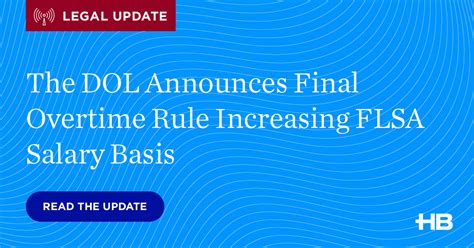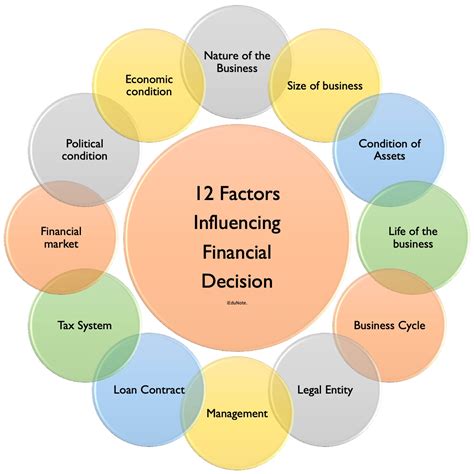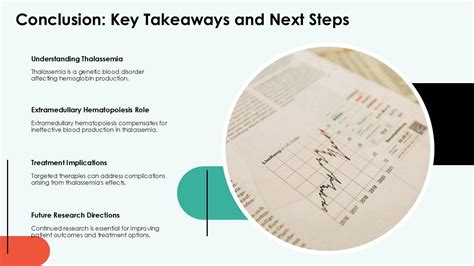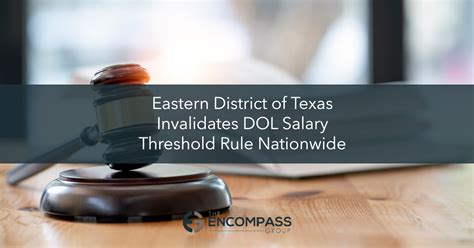Introduction

In a pivotal decision with far-reaching consequences for the American workforce, a federal judge in Texas has invalidated the Department of Labor's (DOL) 2024 Overtime Salary Rule. This rule was poised to make millions of additional salaried workers eligible for overtime pay by significantly raising the minimum salary threshold for exemption. The ruling halts a regulation that would have reshaped payrolls and work-life balance in nearly every industry, leaving employers and employees in a state of uncertainty about the future of overtime compensation.
What Was the DOL's 2024 Overtime Salary Rule Supposed to Do?

The Fair Labor Standards Act (FLSA) requires that most employees in the U.S. be paid at least the federal minimum wage for all hours worked and receive overtime pay at one and a half times their regular rate for all hours worked over 40 in a workweek.
However, certain executive, administrative, and professional (EAP) employees are considered "exempt" from these overtime protections. To qualify for this exemption, an employee must meet both a "duties test" (their primary job duties must involve executive, administrative, or professional tasks) and a "salary basis test" (they must be paid a predetermined salary that is not subject to reduction based on work quality or quantity).
The DOL's 2024 rule aimed to update the salary basis test. It proposed to:
1. Raise the Standard Salary Threshold: Increase the minimum salary for an EAP employee to be considered exempt from the current $35,568 per year ($684 per week) to $58,656 per year ($1,128 per week) upon its effective date.
2. Increase the Highly Compensated Employee (HCE) Threshold: Raise the total annual compensation requirement for the HCE exemption from $107,432 to $151,164.
3. Implement Automatic Updates: Automatically update these salary thresholds every three years to reflect current wage data.
In essence, any salaried employee performing EAP duties but earning less than $58,656 annually would have automatically become non-exempt and eligible for overtime pay.
The Financial Impact: How the Rule Would Have Affected Salaries

The financial implications of the now-invalidated rule were substantial. The primary effect would have been a direct increase in earnings for millions of middle-income salaried workers who regularly work more than 40 hours per week.
Under the current threshold of $35,568, an office manager, assistant retail manager, or non-profit coordinator could be classified as exempt and receive no extra pay for working 50 or 60 hours a week. Under the proposed rule, that same employee earning, for example, $55,000 a year would have become non-exempt. Their employer would have had two choices:
1. Raise their salary to at least $58,656 to maintain their exempt status.
2. Pay them overtime for all hours worked beyond 40 per week.
For context, the U.S. Bureau of Labor Statistics (BLS) reported the median annual wage for all occupations was $48,060 in May 2023. The proposed threshold of $58,656 would have extended overtime eligibility well into the ranks of the American middle class, impacting roles whose median salaries often fall within this new zone. For instance, according to Salary.com, the median salary for a Restaurant Assistant Manager in the U.S. is approximately $53,500, a role that would have been directly affected.
Key Factors Behind the Invalidation and Its Impact

The court's decision was not made in a vacuum. It was based on specific legal arguments and has differing impacts on various stakeholders.
### The Legal Challenge: Why Was the Rule Invalidated?
The core of the legal challenge, brought forth by business groups, centered on the argument that the DOL overstepped its statutory authority. The judge's reasoning likely mirrored a similar 2016 ruling that blocked a previous attempt by the Obama administration to raise the threshold. The argument is that the FLSA's exemption focuses on an employee's *duties*, not just their salary. By setting the salary threshold so high, the plaintiffs argued that the DOL effectively made the salary level—rather than the job responsibilities—the primary determinant for exemption, thereby nullifying the duties test Congress wrote into the law.
### Impact on Employees: Who is Affected?
The ruling is a setback for millions of salaried workers who were anticipating new overtime protections. This includes supervisors in retail and hospitality, administrative coordinators, junior-level professional staff, and many workers in the non-profit sector. These are often the employees who find themselves in a "gray area"—given a salary and a manager title but still required to work long hours without additional compensation. For now, their eligibility for overtime remains governed by the much lower $35,568 threshold.
### Impact on Employers and Company Type
Many companies, particularly in the retail, food service, and non-profit sectors, viewed the proposed rule as a significant financial and administrative burden. They had been preparing for months by:
- Auditing employee classifications: Determining who would fall under the new threshold.
- Modeling financial scenarios: Calculating the cost of raising salaries versus paying overtime.
- Preparing to implement new time-tracking systems for newly non-exempt employees.
The invalidation provides these businesses with immediate relief from these impending costs. However, it also perpetuates a state of regulatory uncertainty, as the DOL is almost certain to appeal the decision. Small businesses, with fewer resources to absorb increased labor costs, were among the most vocal opponents of the rule.
### Geographic Location
The impact of the salary threshold varies significantly by location. In high-cost-of-living areas like New York City or San Francisco, a $58,656 salary is relatively low, and many states (like California and New York) already have their own higher salary thresholds for overtime exemption. However, in states with a lower cost of living, the federal rule would have had a much more dramatic impact, reclassifying a larger percentage of the salaried workforce.
Outlook: What Happens Next for Overtime Regulations?

This court ruling is likely just one chapter in a longer story. The key things to watch for are:
1. An Appeal: The Department of Labor is expected to appeal the Texas judge's decision to the 5th U.S. Circuit Court of Appeals. The legal battle over federal overtime rules is far from over.
2. Regulatory Uncertainty: For the foreseeable future, employers must continue to comply with the existing $35,568 threshold and any applicable state laws. Businesses that had already planned to increase salaries or reclassify employees are now faced with a choice: proceed with the changes to stay ahead of potential future regulations or revert to the current standard.
3. State-Level Action: With federal action stalled, expect a continued push for higher overtime thresholds at the state level. Professionals should pay close attention to the laws in their specific state, as they may offer greater protection than the FLSA.
Conclusion: Key Takeaways for Professionals

The invalidation of the DOL's 2024 Overtime Rule is a significant event that maintains the current status quo for overtime pay—for now.
- For Employees: If you are a salaried worker earning between $35,568 and $58,656, your overtime eligibility has not changed. You remain exempt if you meet the EAP duties test. It is crucial to understand your rights under both federal and your state's specific labor laws.
- For Employers: You are not currently required to comply with the proposed $58,656 threshold. However, the legal and political debate around overtime is ongoing. The wisest course of action is to ensure you are in full compliance with current federal and state laws while closely monitoring legal developments.
- The Big Picture: The fundamental tension between updating wage standards to reflect economic realities and the business community's concerns over labor costs will continue to shape American labor policy. Understanding your classification as "exempt" or "non-exempt" is more critical than ever for navigating your career and ensuring fair compensation.
